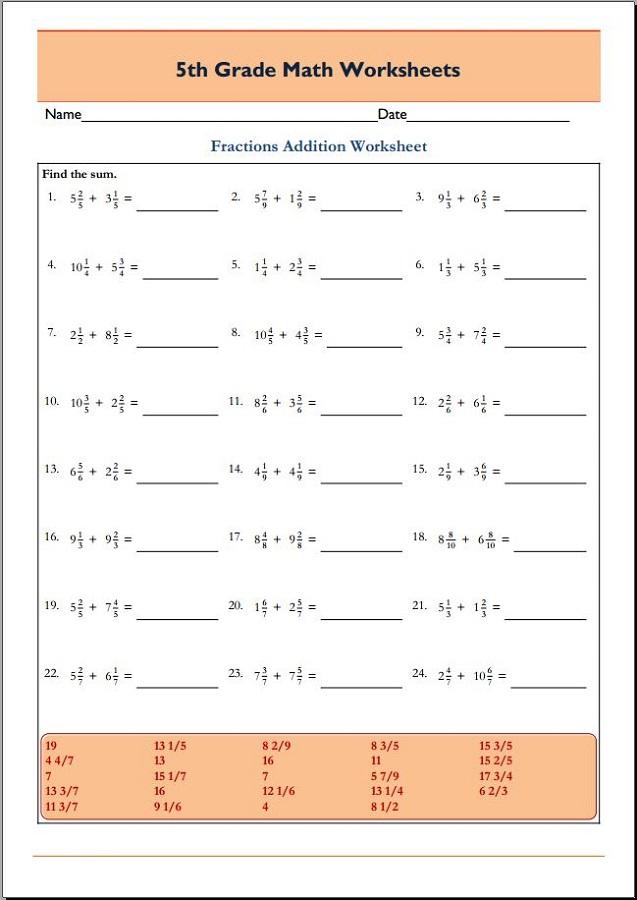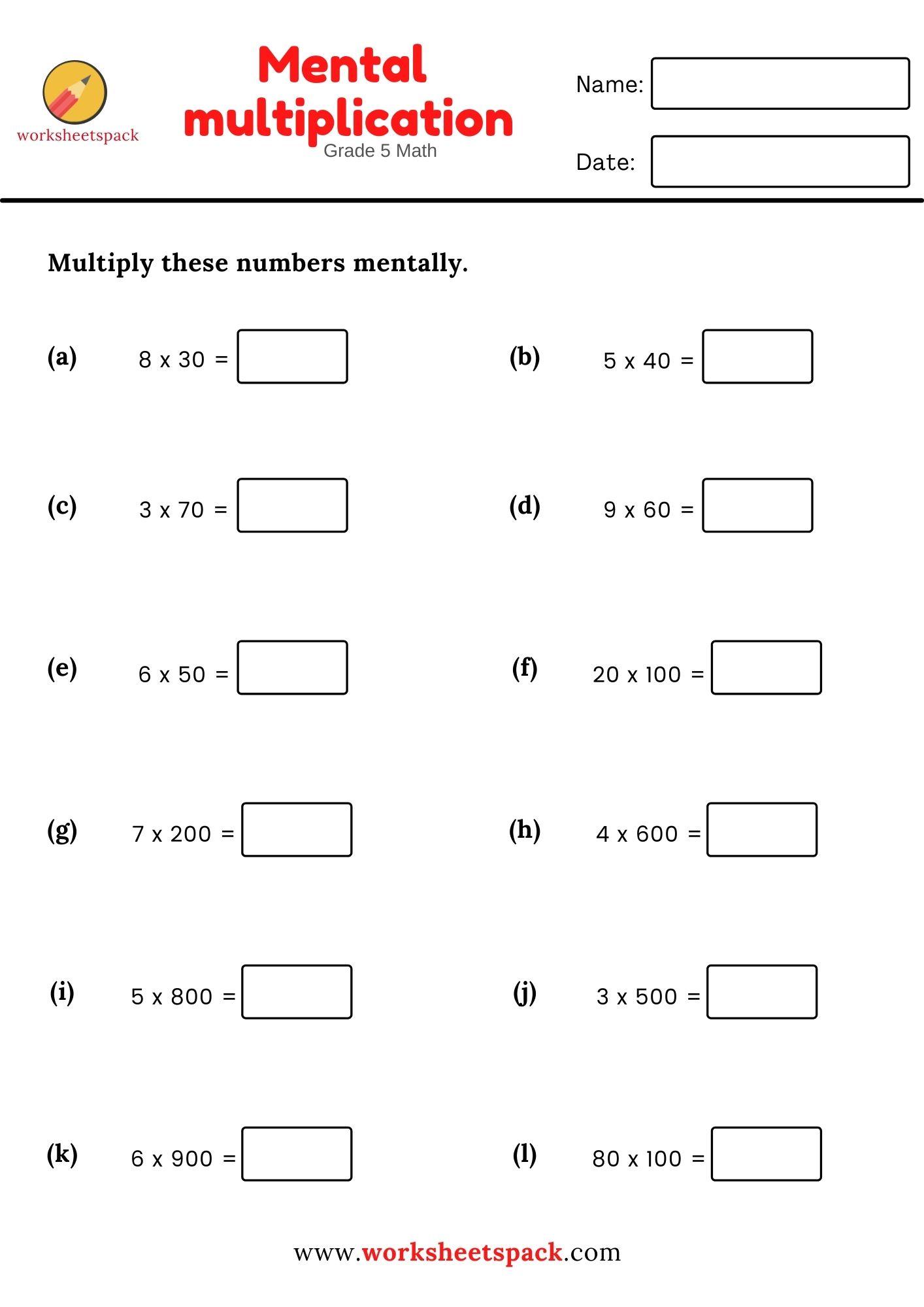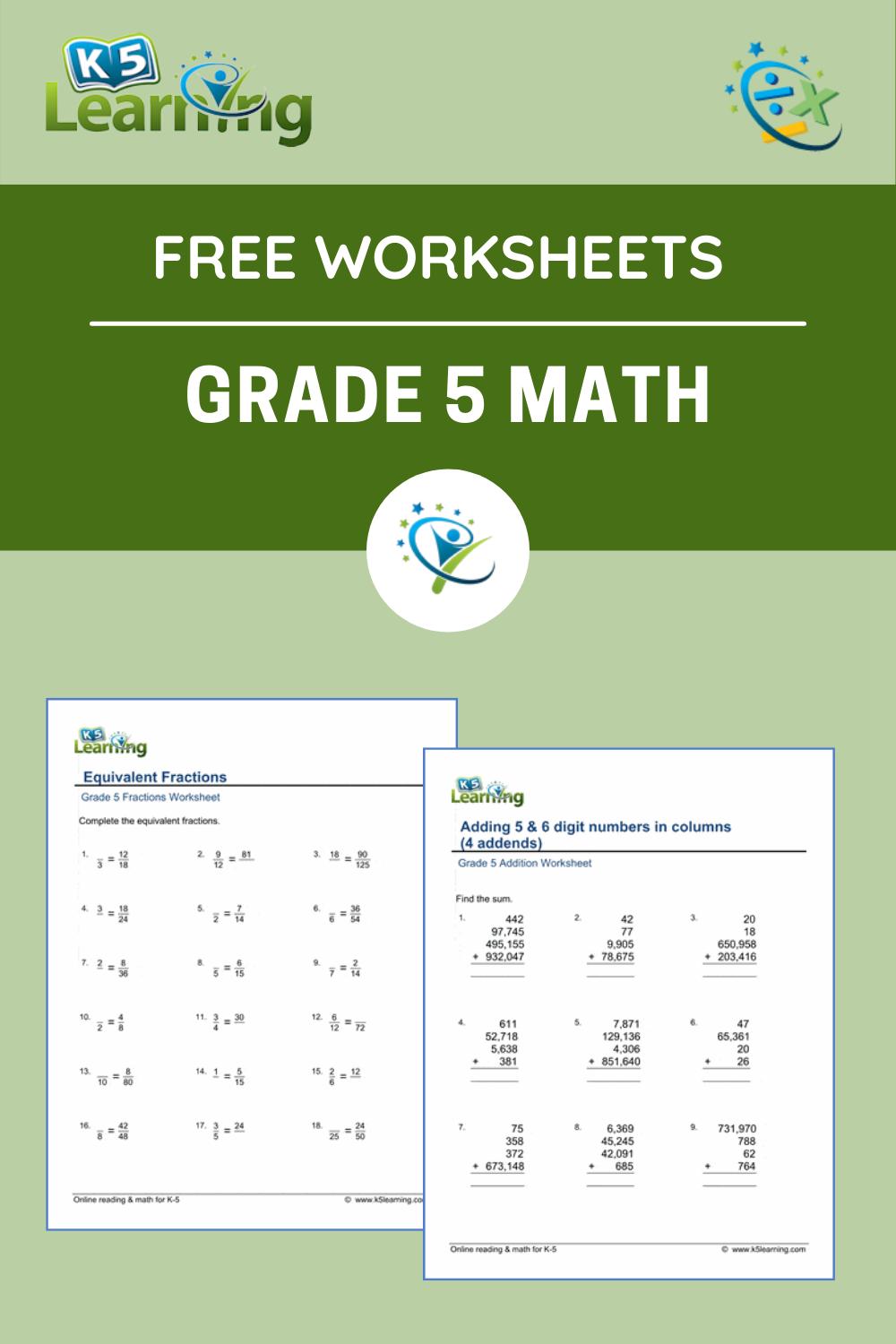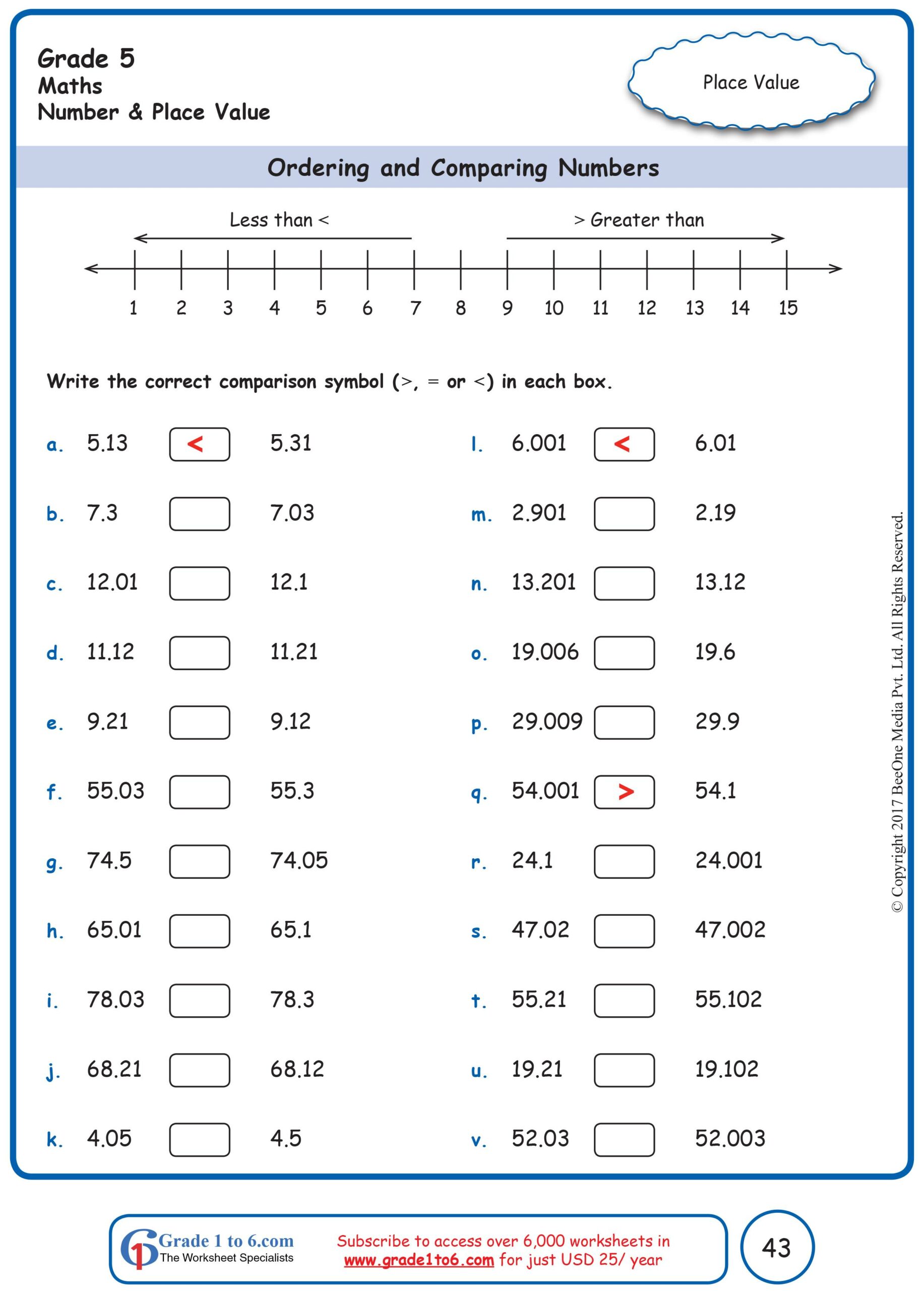
An activity shelter, also known as an adventure shelter or wilderness shelter, is a structure designed for temporary use in outdoor settings, typically in areas with inclement weather. These shelters are often lightweight, portable, and easy to set up, making them ideal for camping, hiking, backpacking, or other outdoor activities.
Types of Activity Shelters:
1. Tarp Shelters: A tarp shelter is a basic, minimalist structure made from a waterproof tarpaulin and Trekking Poles. It provides protection from wind and rain but doesn't offer much insulation.
2. Backpacker Tents: These lightweight tents are designed for solo or duo use, ideal for backpackers and ultralight enthusiasts. They are usually smaller and have fewer features compared to larger tents.
3. Hammock Shelters: Hammock shelters are designed for hammock campers, providing a simple, bug-free, and weather-resistant shelter. They typically consist of a suspension system and a tarp.
4. Snow Shelters: Snow shelters, also known as Quinzee or snow caves, are designed for winter camping and snow-based activities. They provide insulation and protection from wind, snow, and cold weather.
5. Geodesic Shelters: Geodesic shelters are dome-shaped structures made from lightweight materials, such as aluminum or fiberglass rods, and fabric. They are often used for group camping and provide a spacious, comfortable shelter.
Benefits of Activity Shelters:
1. Lightweight and portable: Activity shelters are designed to be lightweight and easy to carry, making them perfect for backpacking or hiking trips.
2. Weather protection: Shelters provide protection from wind, rain, snow, and hail, ensuring a comfortable and dry shelter.
3. Space-saving: Many activity shelters are collapsible and can be packed away when not in use, making them ideal for camping trips.
4. Insulation: Some shelters, like snow shelters or geodesic shelters, provide better insulation and warmth compared to traditional tents.
5. Multi-functional: Activity shelters can be used for a variety of outdoor activities, such as camping, hiking, or even as an emergency shelter.
When choosing an activity shelter, consider factors such as:
1. Weather conditions: Choose a shelter suitable for your expected weather conditions, such as heavy rain, snow, or wind.
2. Group size: Select a shelter that can accommodate your group size and provides enough space for gear and people.
3. Durability: Consider the durability of the shelter and its materials, as well as its ability to withstand harsh weather and environmental conditions.
4. Ease of setup: Choose a shelter with a simple and quick setup process, especially for solo or beginner campers.
5. Budget: Activity shelters vary in price, from budget-friendly options to more expensive, high-tech products.
Ultimately, the right activity shelter for you will depend on your specific needs, preferences, and outdoor experience. Be sure to research and choose a shelter that meets your requirements and provides a comfortable, safe, and enjoyable shelter for your outdoor adventures.





